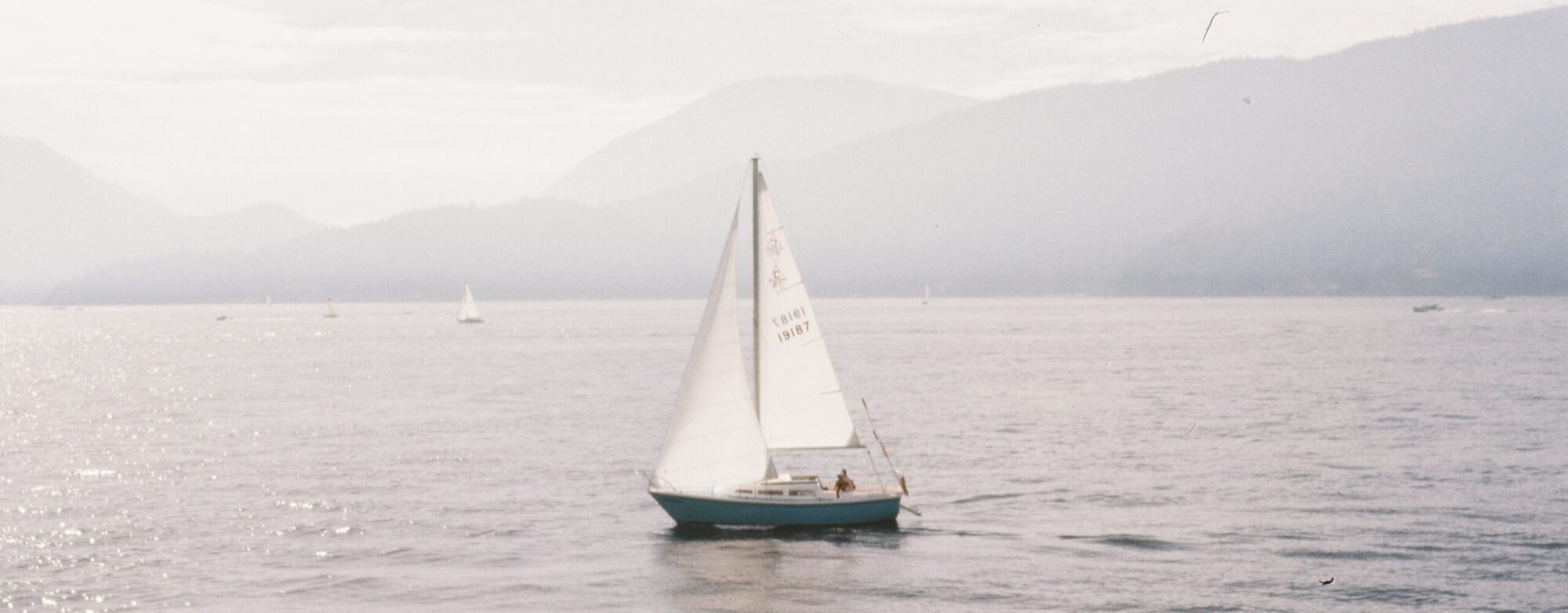There has been much in the news about a proposal to re-define obesity. Moving away from the absurd BMI (body mass index) sounds great. But as for the proposed new definition, one wonders who will benefit financially. As usual, Marion Nestle's Food Politics has great info. Here's her post on the topic: The Lancet’s obesity recommendations: conflicted interests?.
Author: Mirabilis
Are we losing the ability to write by hand?
From the Guardian: Signature moves: are we losing the ability to write by hand?
But handwriting is disappearing. A high-school student who took the preliminary SAT used for college admittance in the US confessed to the Wall Street Journal that “audible gasps broke out in the room” when students learned they would have to write a one-sentence statement that all the work is the student’s own, in cursive, or joined-up handwriting. “Cursive? Most students my age have only encountered this foreign language in letters from Grandma.”
The Common Core State Standards for education in the US, which outline the skills students are expected to achieve at each grade level, no longer require students to learn cursive writing. Finland removed cursive writing from its schools in 2016, and Switzerland, among other countries, has also reduced instruction in cursive handwriting. One assessment claimed that more than 33% of students struggle to achieve competency in basic handwriting, meaning the ability to write legibly the letters of the alphabet (in both upper and lower case). “We’re trying to be realistic about skills that kids are going to need,” said one school board member in Greenville, South Carolina. “You can’t do everything. Something’s got to go.” Children who cannot write in cursive also can’t read it. [continue]
Secret passages linked to Leonardo Da Vinci
From SciTechDaily: Underneath an Ancient Castle: Researchers Discover Secret Passages Linked to Lenonardo Da Vinci.
New research uncovered hidden passages under Sforza Castle, potentially confirming legends linked to Leonardo da Vinci’s designs.
As part of a PhD thesis, the Politecnico di Milano conducted an advanced technological survey in collaboration with the Sforza Castle, with technical support from Codevintec.
That sounds like a very fun PhD thesis.
Neolithic discoveries in the Orkney Islands
From the Smithsonian Magazine: Discover the Astounding Secrets of Scotland’s Stone Age Settlements.
As the plow worked the southern part of the field, it had caught on something heavy and dragged it from where it lay. That was why the tractor had stopped. Hoey watched as the plow rose from the earth. There was a slab lodged between its blades. “It wasn’t any old stone,” she recalls now. “It looked like it had been deliberately made.”
The rectangular object was a little over five feet long. Four semicircular notches along one side appeared very like handholds. The Orkney Islands are rich in prehistoric sites, and it was thought, at first, that the slab could be the capstone of a type of Bronze Age burial known as a cist. The possibility of human remains prompted investigation, and when, a week or so later, two archaeologists arrived from the Scottish mainland, Hoey was given a trowel and invited to help. What was revealed, as she scraped the earth, was the top of a wall. “It was so exciting and enthralling. I was the first person to see that in thousands of years.” [continue]
Folding bicycles
This year I’m thinking of getting a folding bicycle. The appeal is partly convenience: being able to fold up a bike and put it in a car, or take it on any bus or passenger ferry. Also, bike theft is insane these days, so I like the idea of not needing to leave a bike outside at all.
Bicycling Magazine’s best folding bikes is the sort of stuff I’m reading these days.
Would you be tempted by such a bike?
How to identify late oyster mushrooms
From RebeccaAlexa.com: How to identify late oyster mushrooms.
Young late oyster mushrooms may have edges that roll under, but when mature they open to a flatter shape, sometimes with a gently scalloped edge. The stipe is quite unique with its fuzzy texture, and is generally very short. The tightly-packed gills are adnate, meaning that they attach to the stipe with their entire width, rather than becoming shorter in height as they approach the stipe. Take a spore print of a late oyster mushroom, and you’ll find a cream to yellow print. The flesh does not bruise or otherwise discolor when damaged. [continue]
Viking women’s graves
From Archaeologists unearth rich Viking women’s graves in Norway with jewelry and coins.
Archaeologists working on the west coast of Norway have uncovered a Viking Age burial site at Skumsnes farm in Fitjar. This site, believed to date back to the early 9th century, has revealed a wealth of artifacts that shed light on the lives of high-ranking Viking women and their roles in society. The findings include rare jewelry, silver coins, textile tools, and unique grave markers. [continue]
